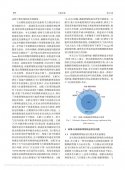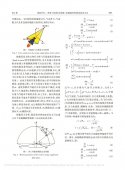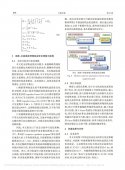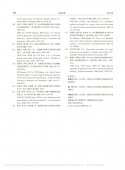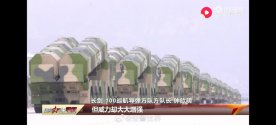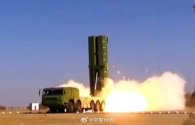Why not provide a link to your post if you posted it before? You have to provide evidence of your claim before demanding evidence of refutation. Isn't that the proper order of debate?

From the video I posted.
The Karman line is objectively arbitrary. If you want the altitude at which atmospheric drag is ignorable, 80 km or 90 km would be a better demarcation.If you have no firm metric, how could you even make a claim of skip, skip above what? You did say "skip out of atomashere", didn't you? BTW, above Karman line the atomaspheric drag is considered to be ignorable for flying object, so it is not arbitrary for engineers.
I was not aware of the Apollo 4, but it seems there is some controversy even regarding that skip, since the graphic you posted was for an idea that was modified before being deployed. Regardless, quite interesting.Apparently you are making things up, Apollo-4 did raise its altitude, just not very much to qualify a skip. Another evidence that you persist to making up things. I will have to throw this on your face. This is from NASA document. It is unclear to me if this trajectory was ever used after Apollo-4.
View attachment 133148
What?Anther of your brainstorm?
No? Reread that sentence.Where did I denied that? Are you trying AGAIN to stuff words in others?
A MaRV spends most of its mid course outside the atmosphere, and most even orient their RVs to point downwards while they are out of the atmosphere, which would make it impossible for them to glide at any point but the very end of their flight. An HGV can either spend most of their flight in the atmosphere, or skip in and out. By that definition, no, MaRVs do not have a separate glide phase.I have repeatedly said that any warhead that does not follow perfect ballistic trajectory has a "gliding phase", start with MaRV and including a pebble I throw.
I agree and even named the two different trajectories that the DF-17 and the LRHW take. What exactly are you trying to say here? What part about the LRHW's glide makes it a MaRV instead of an HGV?Did you not read or delibrately ignored the other words I said, this "glide" (CHGV) is not that glide (DF-17 or HTV2).
Last edited:


